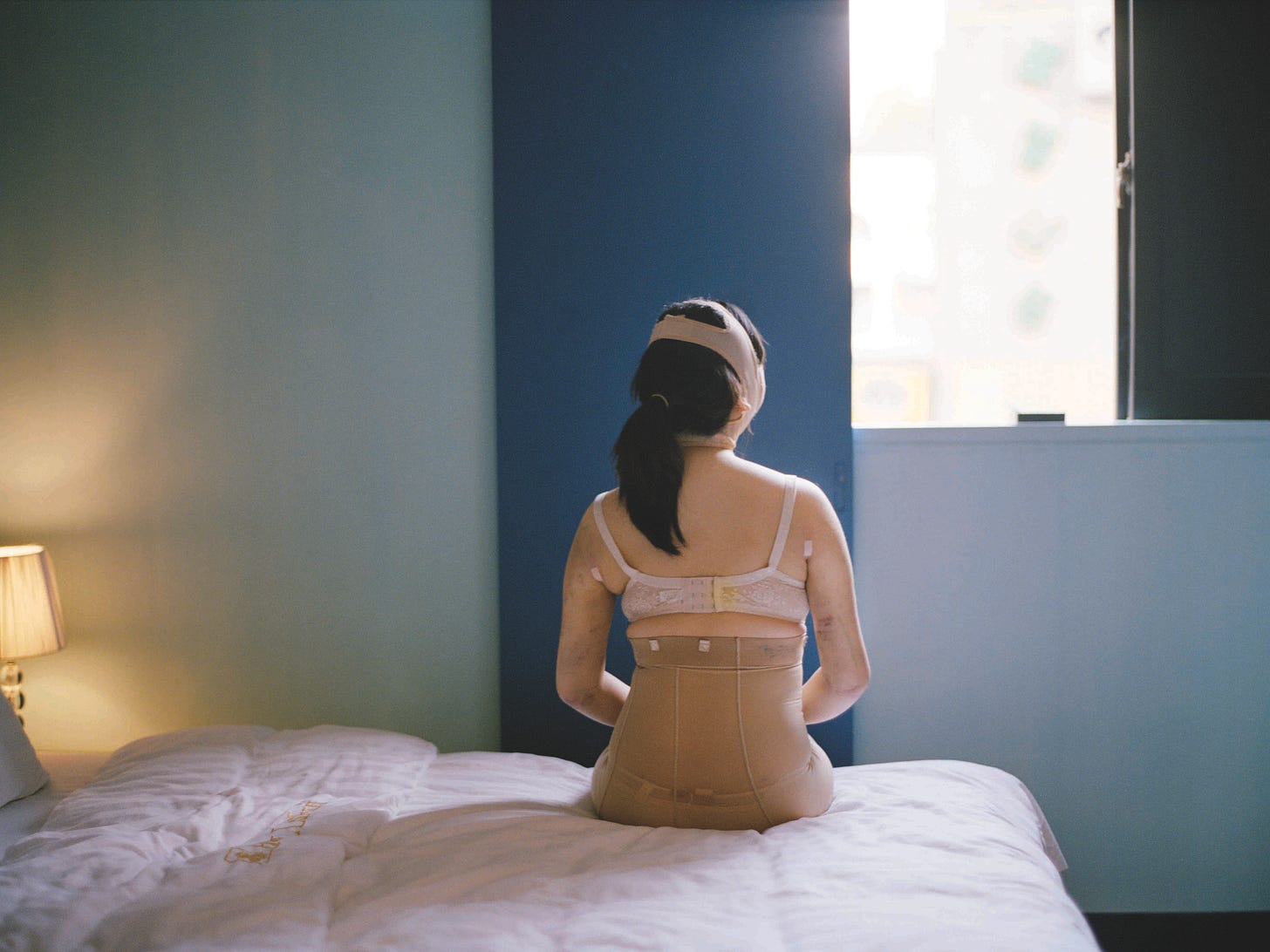Field Guide Vol. 243
The New York City socialists who organized the first Woman’s Day in 1909 may have been surprised to discover that the demonstrations they began would become a day celebrated across the globe every year and later develop into an entire month in honor of women. In this week's Field Guide, we celebrate Women’s History Month with a look at women's accomplishments and the continued fight for gender equality. We start with Ann Babe's essay from our South Korea guide, a discussion of the controversial but central role of plastic surgery in South Korean society. From there we go to Colombia, Russia, Iran and elsewhere, examining women's many roles in their societies.
Faces, fortunes and feminist movements
By Ann Babe
Jeon Bora studies faces in a different way. From behind a camera lens, she watches as the faces tremble or wince or tear up, or fight to stay stoic, or—just maybe—spread their mouths slowly into something resembling a smile. The women’s faces she captures are completely bare, unadorned by makeup, fake eyelashes or facial tapes. For many of the women posing, it is their first time being photographed in such a vulnerable state. The resulting black-and-white images stay unedited. Bora doesn’t use Photoshop—a standard in South Korea—or retouching tools of any kind. It’s not uncommon that, when the women see themselves un-Photoshopped for the first time, they break down and cry.
…
The women who sit for Bora in her studio south of Seoul have come because they are done. They’ve decided they’re through with getting up three hours before work to put 18 products on their faces, just to prepare for another 18 steps of makeup application. They’re through with spending money they don’t have on the endless pursuit of perfection, and time they can’t spare worrying about failure.
So they said no to the machine. They threw away their makeup, cut their hair short and rejected plastic surgery. Posing for Bora was a way to document their liberation, and participating in Bora’s exhibitions was a way to share it. Some of the exhibitions’ other attendees were so moved that, after arriving with a full face of makeup, they took it off on the spot and left with none.
This is a movement known as Escape the Corset, or Corset Free. And for its members, it’s the debut of their own true selves.
…
Traditionally, in South Korea, women are commonly referred to in relation to men. As one Escape the Corset member explained, instead of calling her by her given name, men refer to her as her boyfriend’s girlfriend or her father’s daughter. She said she is sick of being somebody else’s something.
In treating women like belongings, it becomes easier to objectify them. Today’s patriarchal standards for the perfect Korean woman are so narrow, inflexible and unrealistic that it’s almost impossible for any real human to live up to them. This woman must be sexy, yet pure and innocent, almost childlike. She must have luminous pearl-white skin, a small “V-line” jaw, a high nose bridge and big eyes with youthful fat deposits below and youthful straight brows above. Such standards fail to integrate any unique traits or celebrate any diversity, ethnic or otherwise.
It is no coincidence, though, that this exact face is also the country’s best-known public face, the impossibly beautiful PR brand it exports en masse to the rest of the world. And that’s because, for South Korea, this image is immensely profitable. The nation’s army of “K” hyphenates—K-beauty, K-pop, K-drama—all work in tandem to mutually reinforce this image and then make money off of it again and again.
The image sells cosmetics and skincare and albums and concert tickets and ads. It brings in travelers who are eager to spend money on K-beauty tours and plastic surgery procedures and whitening injections and K-pop makeovers. It is, simply put, very, very good for the country’s economy.
But what of the effects on the country’s women?
Continue reading in Stranger’s Guide: South Korea
Did you know?
Before her retirement, Natalya Korniyenko, affectionately named “Lady Metro” in 2007, was the only female metro driver in Moscow. She had been allowed to continue driving, as her employment started prior a ban going into effect on women train drivers in the early 1980s. In January, 2021, the decades-long ban was finally overturned.
Keep reading with a 7-day free trial
Subscribe to Stranger's Guide to keep reading this post and get 7 days of free access to the full post archives.




